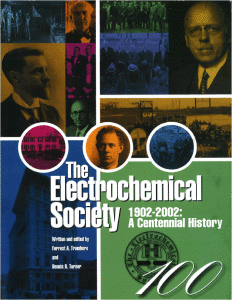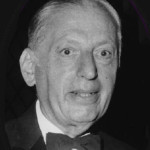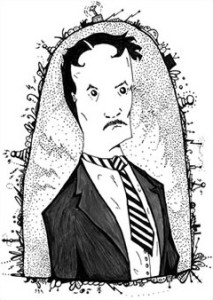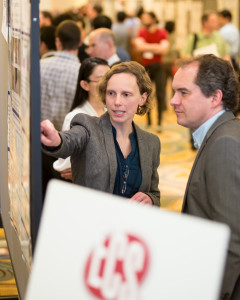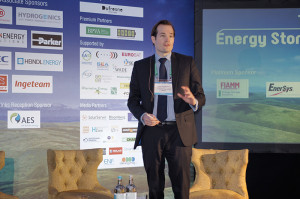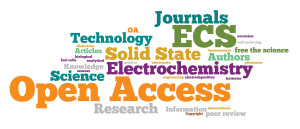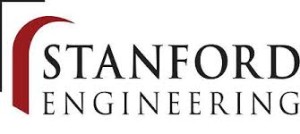Since its foundation in 1902, ECS and its members have been at the forefront of the challenge to bridge the gap between electrical engineering and chemistry. The years that followed the Society’s establishment have been filled with innovation, ingenuity, and excellence throughout the field of electrochemistry. Take a look back at some of ECS’s most prestigious members and their accomplishments.
Samuel Ruben
In 1918, Samuel Ruben, an 18-year old high school graduate, was hired by the Electrochemical Products Company in New York City. Bergen Davis of Columbia University arranged for Ruben to sit in on courses at Columbia and spent evenings tutoring him. Ruben went on to invent the dry electrolytic aluminum capacitor, the vacuum tube relay, the quick heather vacuum tube, a sold-state rectifier, and the balanced cell mercury battery.


